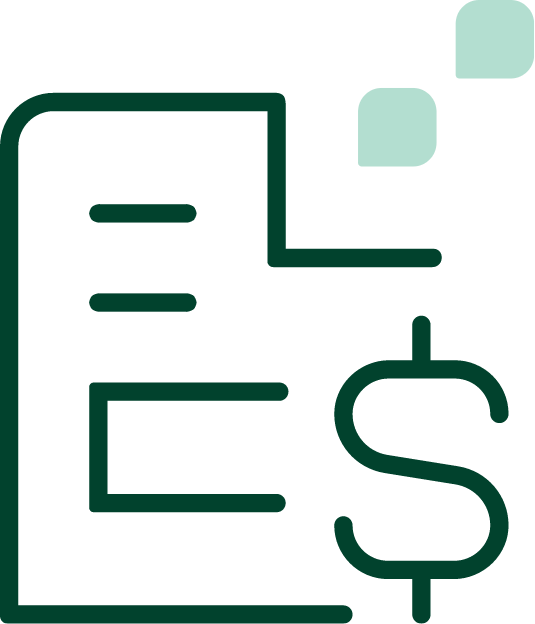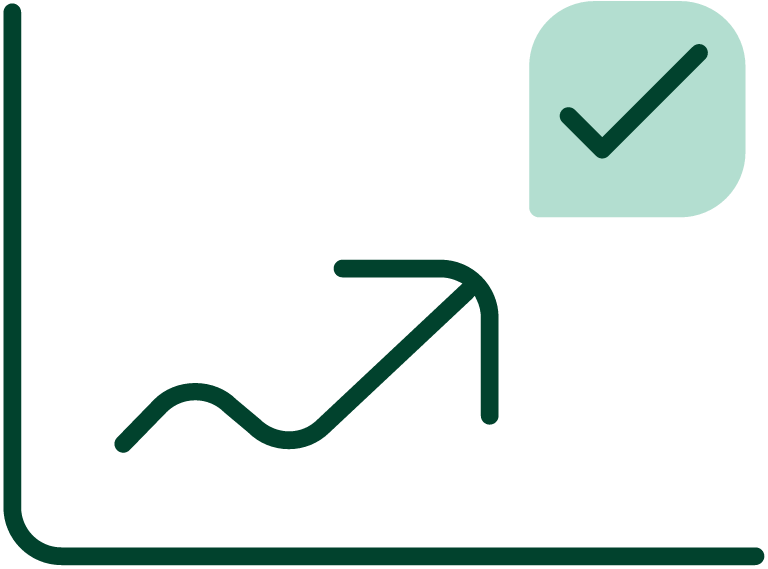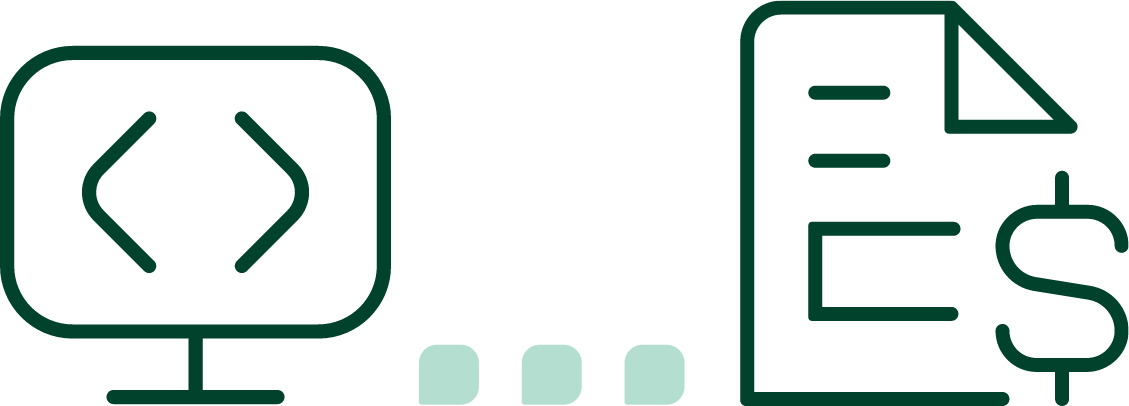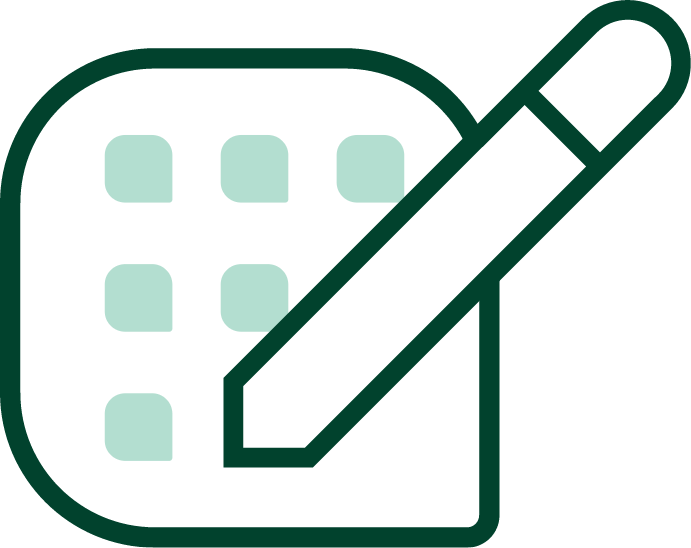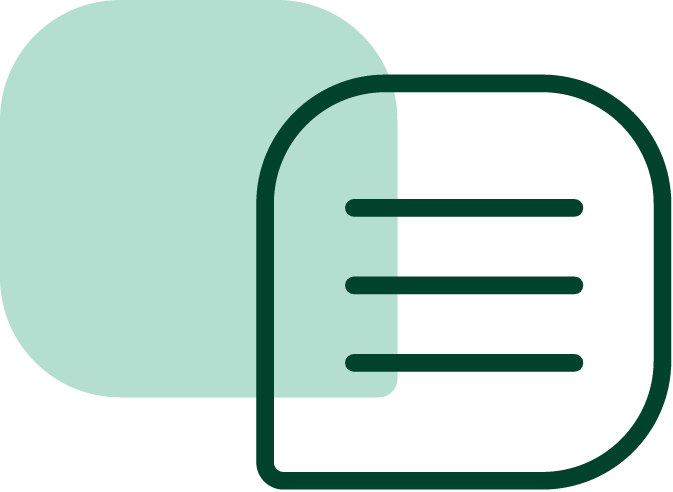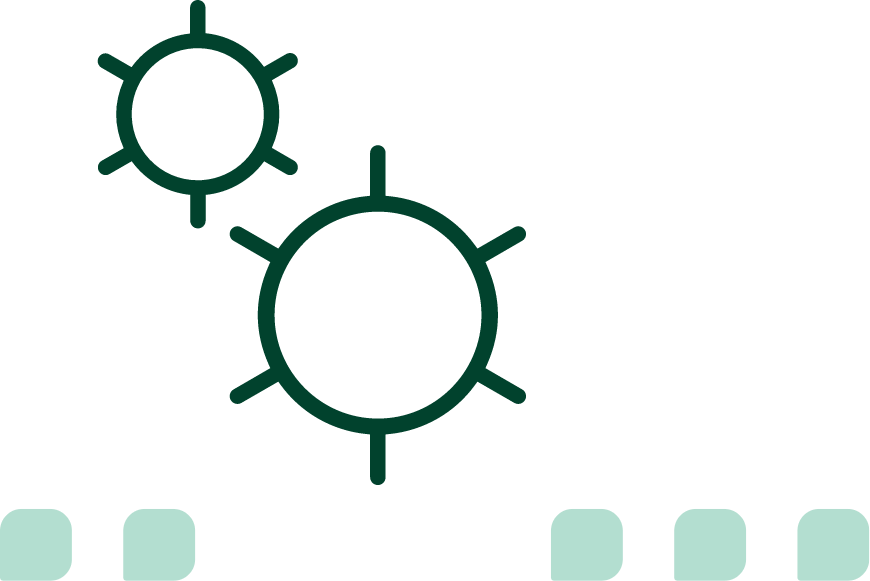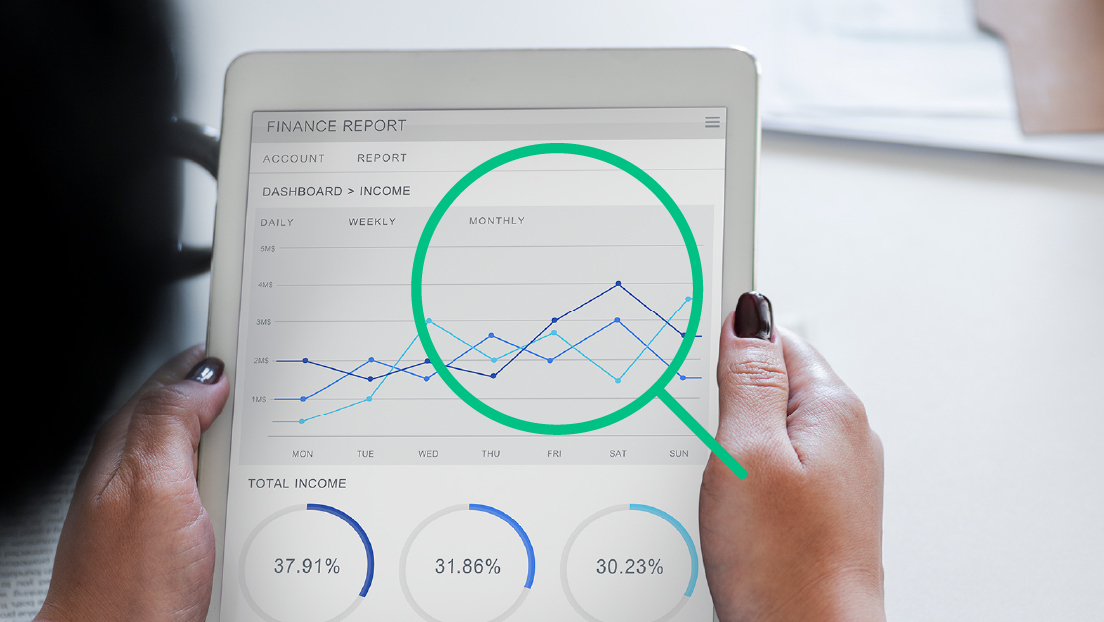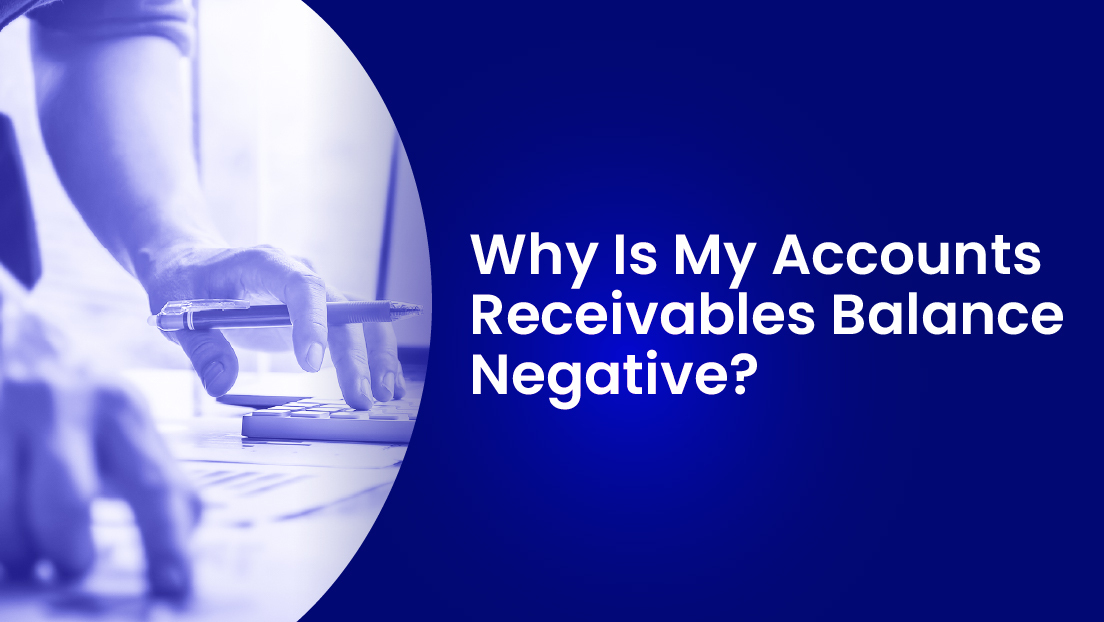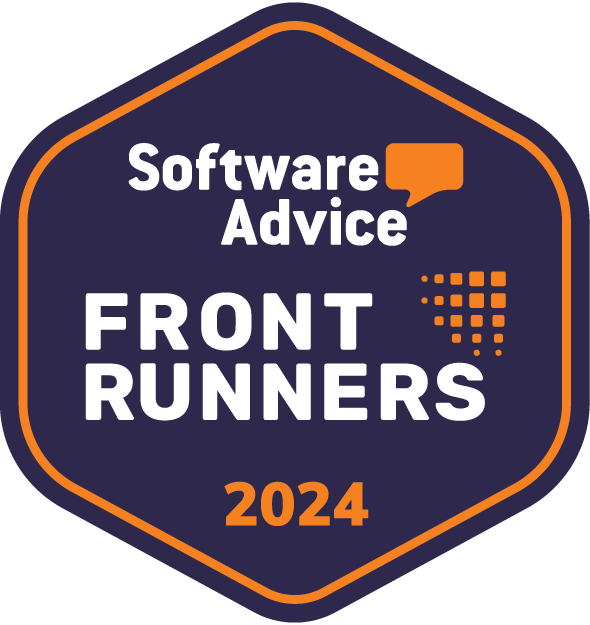Effective communication is the most critical aspect of any A/R collections strategy. It begins before delinquency and even before sending a single invoice. That is why standardizing communications is indispensable, and templates provide the tool for companies to do so. But how do you create outstanding invoices and follow-up notices that convert bills into cash? Success requires a comprehensive and proactive approach to preventing overdue invoices.
Why Should You Use Templates for Dunning Workflows and Emails
Your accounts receivable team has likely employed several other solutions for settling the worst outstanding balance invoice. How can a template make things easier or improve their efforts? Consider the following points:
- Using standardized templates reduces the completion time for workers.
- Standardized templates are necessary for automation, which further reduces time and errors.
- Standardized templates lead to documentation, which makes it easier for staff to handle work disruptions, such as unexpected resignations.
- Standardized templates make it easier for accounts receivable teams to respond effectively and calmly, even during high-stress situations.
What Are the Top Features of an Effective Template?
How effective something is depends on how well it succeeds at what it is designed to do. You can have two main types of templates: one for the whole workflow and another for specific emails. Because templates suit various purposes, the measure of effectiveness also varies. Even so, there are some basics you can apply across most templates you may use for collections.
Start With the End in Mind
Be specific about what you hope to achieve and get it down to numbers. Quantifying success makes it easier to measure progress as time goes by. For example, you might need templates to improve your days sales outstanding by 30%. Keep this end goal in mind when creating your templates.
Ensure Cohesiveness With Existing Strategies
Your templates should fit with the existing strategies you’re using for collections and accounts receivable. Remember that some template elements may need to reflect changes in regulatory laws or customer expectations.Keep your templates up-to-date with any new procedures and policies.
Keep It Simple
Templates that are complex and hard to understand will only confuse customers and employees alike. Confusion can make it harder for customers to take action. Use straightforward language and avoid jargon. Remember that the goal is to get customers to quickly understand and pay outstanding billing.
Clearly State the Payment Options
Clear communication helps customers identify which option works best for them. Include details such as accepted payment methods, terms, due dates, and contact information. Tech-savvy companies take it one step further by sending electronic invoices where customers can initiate payment with a click.
Be Respectful
Keep your tone polite and respectful when you request outstanding payment. Outline all the actions a customer needs to take to pay their overdue balance. This can prevent misunderstandings and avoid unnecessary disputes that could lead to further delays. If delinquency persists, balance urgency with respect. Some customers genuinely wish to pay but will not attempt to reach out if they feel you will be combative.
Make It Personal
While templates are helpful for sending out bulk messages, customers may feel a more powerful call to action when you personalize the message. Include the customer’s name, account number, and any other relevant information to make it clear the message is meant for them. Providing personalized information also helps customers correctly identify invoices and related details.
Always Include a CTA
Even your invoices should include a call to action. The goal is always to prompt customers to pay or follow up with questions. You can hyperlink additional information in electronic communication, such as an email address, a phone number, or a link to an online payment portal.
How Can You Use Templates To Collect Invoices Outstanding for Payment?
Templates form the basis of an excellent dunning strategy, but they are just a means to an end. How you implement and use them will ultimately determine whether you secure the desired results. Here are some best practices to get you started.
Create a Template for Every Step
Don’t just use templates for sending invoices and requesting payment. Create an invoice for every step of the collections process. That starts with collecting information you use to determine the health of your customers before extending credit. Here are some examples:
- Notices explaining the payment process to new customers
- Reminder emails
- Invoices to record deliverables and the associated costs
- Emails or letters requesting payment
- Follow-up emails or letters notifying customers of delinquency
- Emails or letters telling customers of adverse action due to continued delinquency
Create Segmented Workflows
Create personalized workflow templates for specific demographic characteristics. For example, you could create separate templates for customers grouped by region, invoicing type, company size, and customer type. Doing this ensures you meet their unique needs.
Tweak Templates as Needs Change
Cohesiveness is a dynamic element of an organization that changes as needs and policies change. Review templates periodically to ensure they remain cohesive and can deliver the results your business needs to thrive.
Automate Editing and Sending Communications
Use automation software to automate the addition of necessary details. These applications integrate with other software and allow you to add essential information so that you can create a set-it-and-forget-it system that handles invoicing on your behalf. It can also automate follow-up communications.
Create a Contingency Plan for Ongoing Delinquencies
Monitor accounts closely to determine the risk of overdue payments, the level of delinquency, and how it will affect your business. Then, create contingency plans, such as using working capital loans to fill cash flow gaps.
Use Payment Tracking Software
Payment tracking software helps you monitor customer payments and their status in real time. This can help you spot potential problems early and take corrective action before they become critical. You can also monitor specific KPIs and generate reports.
Include a Payment Calendar
Schedule your invoice submissions and follow-up reminders at an effective tempo. Don’t wait until an invoice is 30 days overdue to ask why and prompt payment. Include payment due dates in your invoices and any communication you send out.
Focus on Your Most High-Risk Customers
Your time and resources are limited, so focus on customers with the most significant risk of default. Overdue invoices are a great starting point, but proactive action should have you identifying high-risk customers before it gets to non-payment. Create templates specifically for them.
Here’s How Gaviti A/R Automation Software Can Help
Use our automation software to streamline your dunning strategy and collections workflow. We make it easier to send invoices and send out follow-up communications at the pace that works for you. Gaviti automation tools have helped our clients reduce DSO and convert invoices into cash. Book your live demo to see what Gaviti can do for your business.

